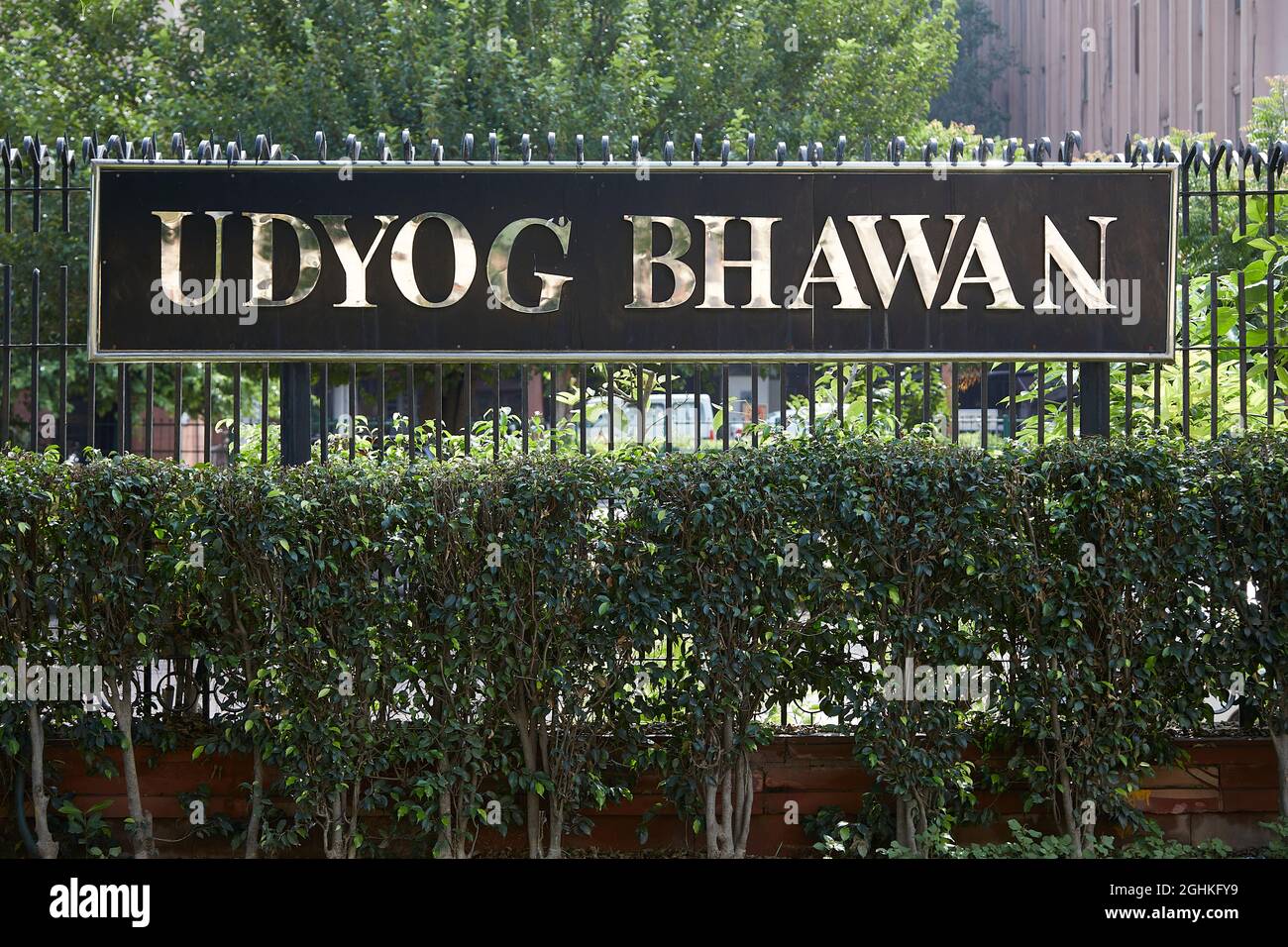R. Dayal,J.
1. This is a reference u/s 61 of the Indian Stamp Act by the Collector of Rampur. The document in suit was executed at Rampur. This document was filed along with the plaint in suit No. 4 in the court of the District Judge, Rampur. It had stamp sheets worth Rs. 300/-. The Munsarim reported that it should have borne a stamp of Rs. 375/- under Article 15 of Schedule 1-A of the U. P. Stamp (Amendment) Act No. XVII of 1948, that the document was liable to be impounded and that it could be used in evidence only on payment of the deficient stamp duty of Rs. 75/- and the penalty of Rs. 750/-. The District Judge ordered on this report :
"Ask the plaintiff''s counsel to meet the office report within a week."
The deficiency in the stamp duty and the penalty pointed out were paid within the period allowed.
2. The defendant objected later that the document was not duly stamped. The learned District Judge disallowed the objection on the finding that the alleged deficit stamp duty and the necessary penalty had been paid.
3. The same day on which this objection was decided the learned District Judge marked the document as Ex. 1 after the defendant had admitted his signatures on it. No specific order, however, was made saying that the court was admitting the document in evidence.
4. The stamp sheets on which the document was written originally did not bear the words ''United Provinces'' or ''Uttar Pradesh''. A document executed in this State is to be written on stamps bearing these words in view of Rule 3(2) of the U. P. Stamp Rules. The State of Rampur merged with the State of Uttar Pradesh on the 1st January 1950. The document in suit was executed on the 29th April 1951. It is, therefore, clear that the document as originally executed was deficiently stamped to the extent of Rs. 375/- and not to the extent of Rs. 75/- only, as was considered by the Munsarim of the Court and on that report by the court itself. No objection has been raised on behalf of learned counsel for the parties with respect to the report of the Collector that still the document is insufficiently stamped and should not have been admitted in evidence without the further payment of Rs. 300/- as duty and Rs. 3000/- as penalty.
5. The contention on behalf of His Highness Sir Syed Raza All Khan is that in the absence of any specific order of the District Judge admitting the documents in evidence the reference u/s 61 of the Stamp Act is incompetent. Reliance is placed on the case reported in Emperor v. Gian Chand,AIR 1946 Lah 265. We do not agree with this contention. Sub-section (1) of Section 61 of the Stamp Act is :
"61(1) When any Court in the exercise of its civil revenue jurisdiction or any criminal court in any proceeding under Ch. XII or Ch. XXXVI Cr. C. P. makes any order admitting any instrument in evidence as duly stamped or as not requiring a stamp or upon payment of duty and a penalty u/s 35, the court to which appeals lie from or references are made by such first-mentioned court, may, of its own motion or on the application of the Collector, take such order into consideration."
The Collector can, therefore, apply u/s 61 of the Stamp Act for the consideration of an order of the Court "admitting any instrument in evidence as duly stamped or as not requiring a stamp or upon payment of duty or penalty u/s 35." That order is in effect an order admitting a document in evidence as duly stamped. The question is whether the order should be with reference to the sufficiency or insufficiency of the stamp on the document which is admitted in evidence or should be a specific order saying two filings firstly that the document is admitted in evidence and secondly that the document is sufficiently stamped or does not require a stamp or that the duty and penalty u/s 35 have been paid.
We are of opinion that the order contemplated by Section 61 is an order about the sufficiency or insufficiency of the stamp with reference to a document which has been admitted in evidence. It is only such a decision which is questioned or which is taken into consideration by the superior court to which a reference is made or to which the appeal lies. That is the matter with which the Stamp Act deals. The Stamp Act does not deal with the proper or improper admission of a document in evidence. So the expression any order admitting any instrument fn evidence as duly stamped'' really means an order dealing with the question of due stamping of the document and not with an order formally admitting a document in evidence.
We have not been referred to any provision in the C. P. C. or any Law or Rule which requires the court to pass a formal order to the effect that it was admitting a certain document in evidence. Rule 4 of Order 13 C. P. C. provides for the endorsement to be made on a document which has been admitted in evidence in a suit. Rules 53, 55 and 57 of Ch. III of the General Rules (Civil) made by this Court for the subordinate courts deal with how the documents produced in court are to be dealt with. Rule 53 is :
"53. The court shall inspect and consider all documents as Soon as practicable after they have been produced and deal with them as follows :--
(a) The documents which are proved (or admitted by the party against whom they are produced in evidence) shall be admitted in evidence and marked as exhibits in the manner prescribed in Rule 57 and the fact shall be noted in the record.
(b) Documents which are not proved (or admitted by the party against whom they are produced in evidence) shall be kept on the record pending proof and shall be rejected at the close of the evidence if not proved or admitted.
(c) Documents that are found to be irrelevant or otherwise inadmissible in evidence shall be rejected forthwith."
It is clear from the language of Clause (a) that a document which is proved or which is admitted by the party against whom it is to be proved in evidence shall be admitted in evidence. In fact there is no need for the passing of any formal order Baying that the document is admitted in evidence. As soon as the other party has proved it or admitted it, the document becomes a piece of evidence fn the legal sense ''admitted in evidence'' for being dealt with by the court in determining the question before it. A note to this rule enjoins that no exhibit mark is to be placed on the document unless it is admitted in evidence.
Ordinarily it should mean that a document which bears exhibit marks carries with it the hall mark of its being admitted in evidence. It is with respect to the sufficiency or insufficiency of stamp duty on such a document that Section 61 of the Stamp Act deals. Of course the necessary endorsement the exhibit mark, or ''admitted by the defendant'' or ''admitted in evidence'' or what is required to be made by Rule 4 of Order 13, C.P.C. will be by the office and would be subsequently, signed by the presiding officer of'' the court.
Any omission in this respect will not affect the admission of a document in evidence if it has been proved or admitted. We are, therefore, of opinion that no formal or specific order admitting the document in evidence is required by law or is contemplated by Section 61 of the Stamp Act. The case reported in AIR 1946 Lah 265 is not really to the point. In that case the contention was that no specific order had been passed about the sufficiency or insufficiency of stamp in connection with a document which had been admitted in evidence and is was held that a specific order with respect to sufficiency or otherwise of the Stamp was necessary for the operation of Section 61 of the Stamp Act.
The case did not deal with the question that the document itself had not been admitted in evidence as there was no formal or specific order of the court admitting the document in evidence. The contention was that the admission of a document in evidence must be taken to imply an order of the court that the stamp duty paid in connection with a document was sufficient. This contention was repelled.
6. We are, therefore, of opinion that this reference is correct. We accept it and declare that this document in suit is still deficiently stamped and further requires the stamp duty of Rs. 300/- and the penalty of Rs. 3,000/-.

